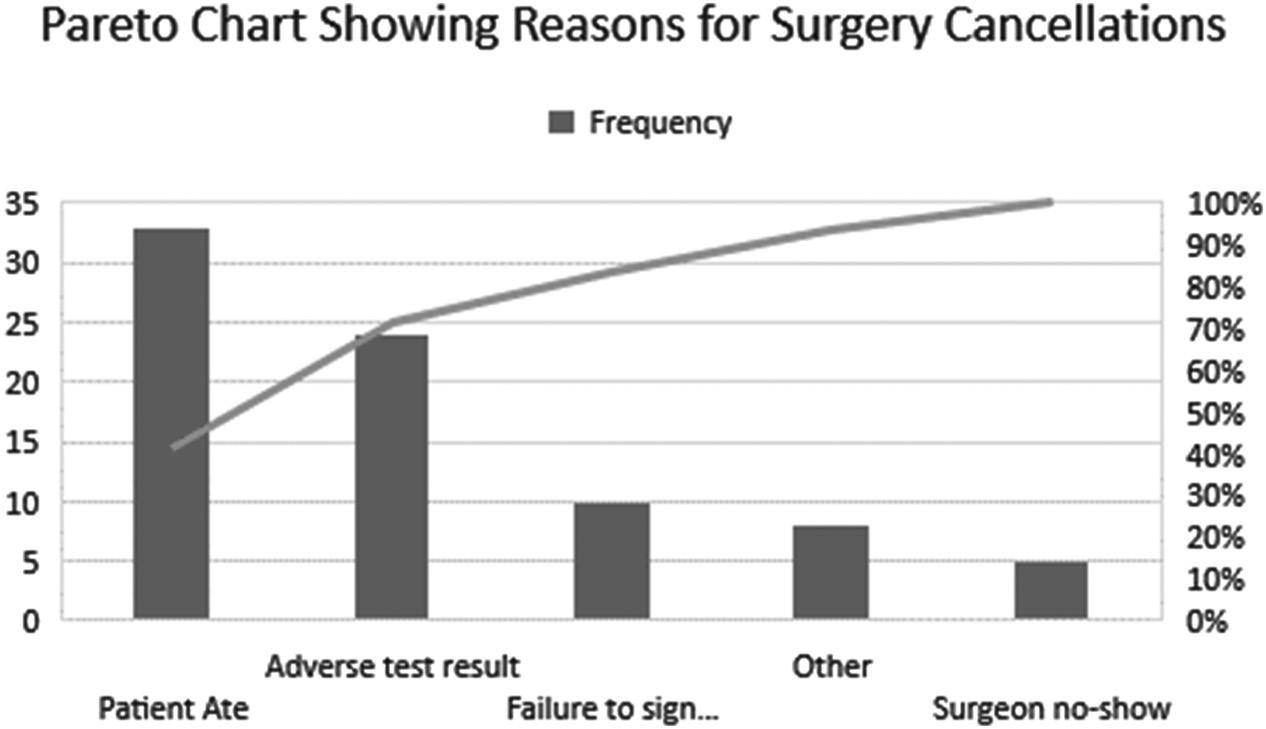The Healthcare Industry: Challenges and Opportunities ◾ 13
Healthcare Technology and Electronic Medical Records System One of the biggest challenges is to free data from the silos in which it too often remains, an issue that affects both patient care and medical research. A first step is to make electronic medical records (EMRs) interoperable, so patients can freely share their information with as many providers as they wish. The days when patients are greeted at a doctor’s office by only a clipboard should be long gone. Allowing for truly portable records will lead not only to major improvements in the efficiency of the healthcare system, but also to improvements in care (Leaf and Minor, 2017). The shift toward significant investments in technology to optimize physician data usage is quite evident across the healthcare landscape. The adoption of EHRs among non-federal acute care hospitals is nearly universal. In 2015, nearly all reported hospitals (96 percent) possessed certified EHR technology. This rate is similar to 2014, suggesting the adoption of certified EHR systems may be plateauing. In 2015, over eight in ten non-federal acute care hospitals adopted all the functionalities associated with a basic EHR; this represents a nine-fold increase since 2008, before the Health Information Technology for Economic and Clinical Health (HITECH) Act of 2009. Basic EHRs, a historical measure of EHR adoption, includes functionalities, such as viewing imaging results, which are not included in certified EHRs. The hospital adoption of EHRs with more advanced functionality is also increasing while the adoption of EHRs with less advanced functionality is declining. Although EHR adoption rates differ depending on the specific measure, both key measures of EHR adoption—certified EHRs and basic EHRs— consistently show their widespread adoption (Henry et al., 2016). Although the technology is generally viewed favorably, there are significant challenges, and the technological implementation has not been as successful as expected. While some medical systems are already realizing the cost efficiencies of EMRs, a recent study found that physicians spend more time on desk work than with patients. This suggests that, in fact, EMR technology is not reducing paperwork and providing more time with patients, merely changing the type of desk work that physicians are responsible for (Sinsky et al., 2016). Healthcare is ripe for other advanced technologies. The emergence of artificial intelligence (AI) has caught the attention of leading healthcare organizations. This technology is already beginning to permeate our everyday











